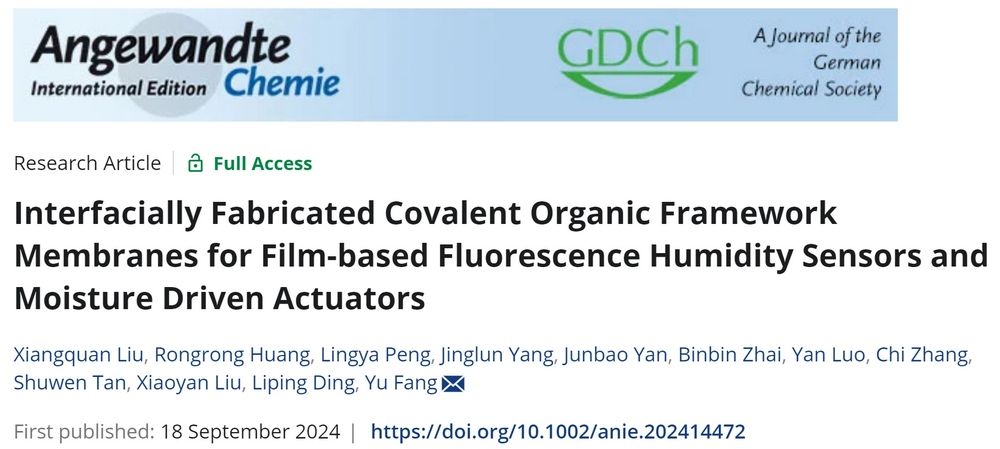
Xiangquan Liu, Rongrong Huang, Lingya Peng, Jinglun Yang, Junbao Yan, Binbin Zhai, Yan Luo, Chi Zhang, Shuwen Tan, Xiaoyan Liu, Liping Ding, Yu Fang. Angew. Chem. Int. Ed. 2024, e202414472. DOI: /10.1002/anie.202414472
Ultra-low humidity (< 100 ppm) measurement is essential in semiconductor production, nuclear industry, aerospace field, fuel storage, organic synthesis, etc. Several sophisticated techniques have been developed for ultra-low moisture determination, such as mirror-based dew point hygrometers, atmospheric pressure ionization mass spectrometry, cavity ring-down spectroscopy, special capacitive sensing system. Although these methods can achieve measurement of humidity at ppm-level, they typically require costly instruments, which will no doubt restrict their broad applications. Therefore, it necessitates to explore novel materials and develope new humidity sensing mechanism sensors that can portablely, reliablely and rapidly detect ultralow humidity.
In this work, we fabricated a few micro-meter thick, defect-free COF membranes via interfacial (CH2Cl2/H2O) condensation of 1,3,5-tris-(4-aminophenyl)triazine (TTA) with 1,3,5 triformylphloroglucinol (TP) (Figure 1). The membrane was characterized by using FT-IR, XRD, SEM, and TEM, indicating the successful synthesis of the COF membrane (Figure 2). Based on the super-sensitive and reversible response of the COF membrane to water vapor, we developed a high-performance film-based fluorescence humidity sensor (Figure 3), depicting unprecedented detection limit of 0.005 ppm, fast response/recovery (2.2 s/2.0 s), and a detection range from 0.005 to 100 ppm. Remarkably, more than 7,000-time continuous tests showed no observable change in the performance of the sensor. The applicability of the sensor was verified by on-site and real-time monitoring of humidity in a glovebox. The sensor still exhibits distinguishing capability when the humidity is below 0.01 ppm.
In addition, the COF membrane exhibits rapid deformation and recovery capabilities under water vapor stimuli. Based on this, we designed a soft robot that can crawl directionally driven by humidity, as well as an intelligent switch that enables contactless control of the on/off state of a small light bulb (Figure 4). Furthermore, the COF membrane can display different shapes under varying humidity levels, allowing for visual detection of humidity.
Furthermore, we studied the humidity response mechanism of the membrane (Figure 5). FT-IR spectroscopy studies indicated that the hydrophilic carbonyl groups within the membrane form hydrogen bonds with water molecules. Theoretical calculations revealed that the formation of hydrogen bonds causes the structure of the COF membrane to transition from a planar to a distorted state, resulting in a decrease in its absorption and fluorescence emission intensity.
This study develops a new method to the design of ultra-sensitive film-based fluorescent sensors (FFSs) and high performance actuators.
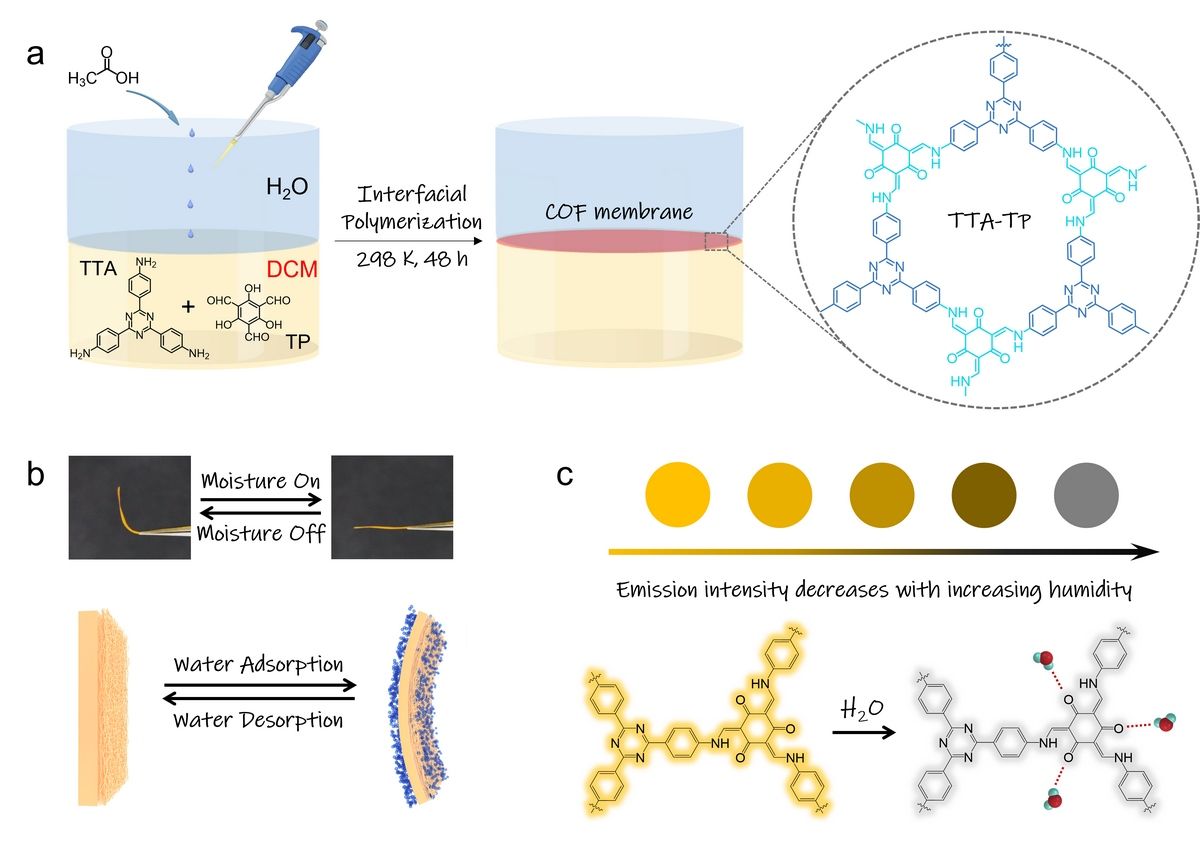
Figure 1. Schematic representation of the β-ketoenamine linked TTA-TP COF membrane and its shape deformation and fluorescence response to humidity stimulus.

Figure 2. Photograph and characterization of the TTA-TP COF membrane.
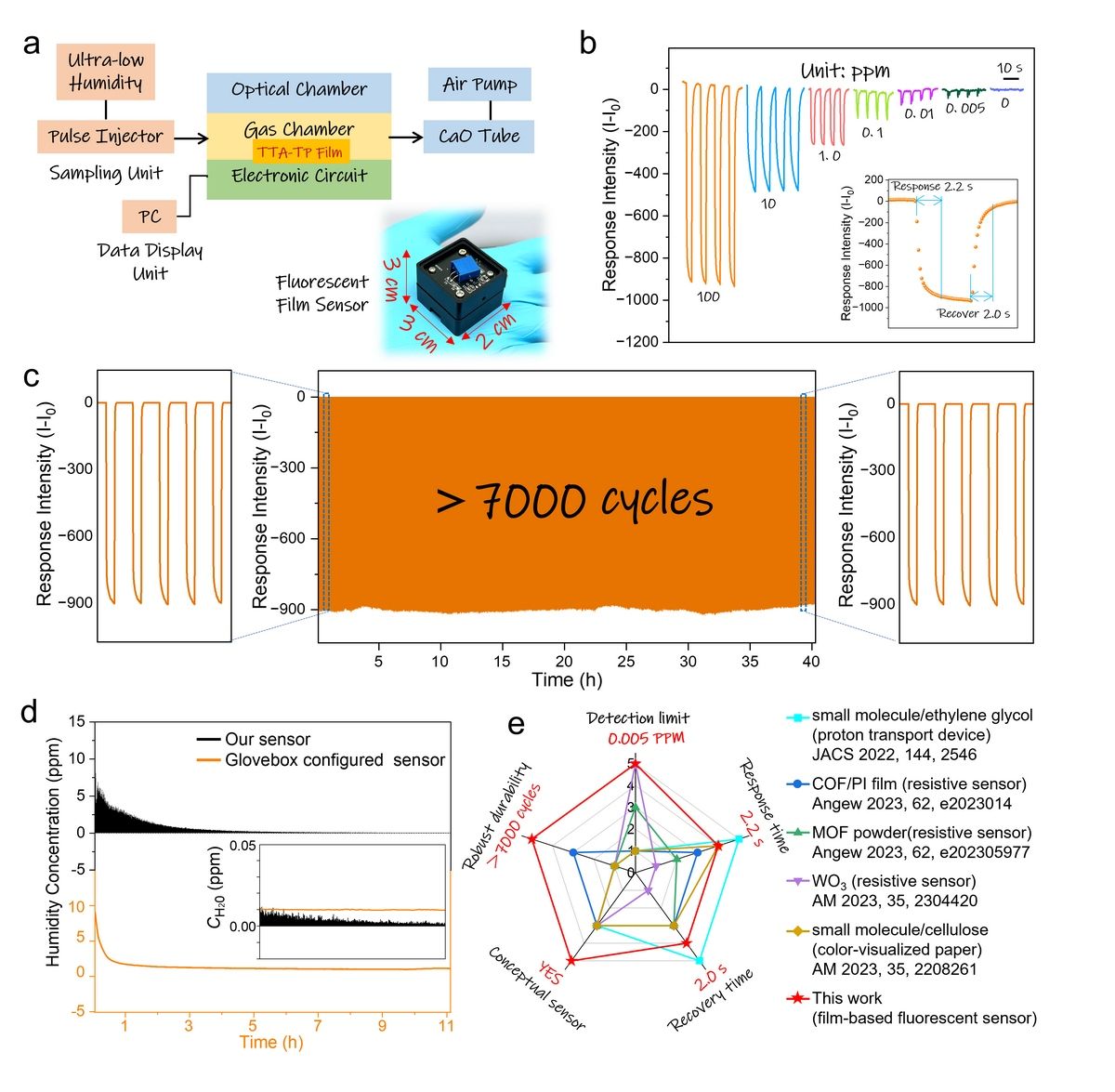
Figure 3. Humidity sensing performance of the TTA-TP COF membrane.
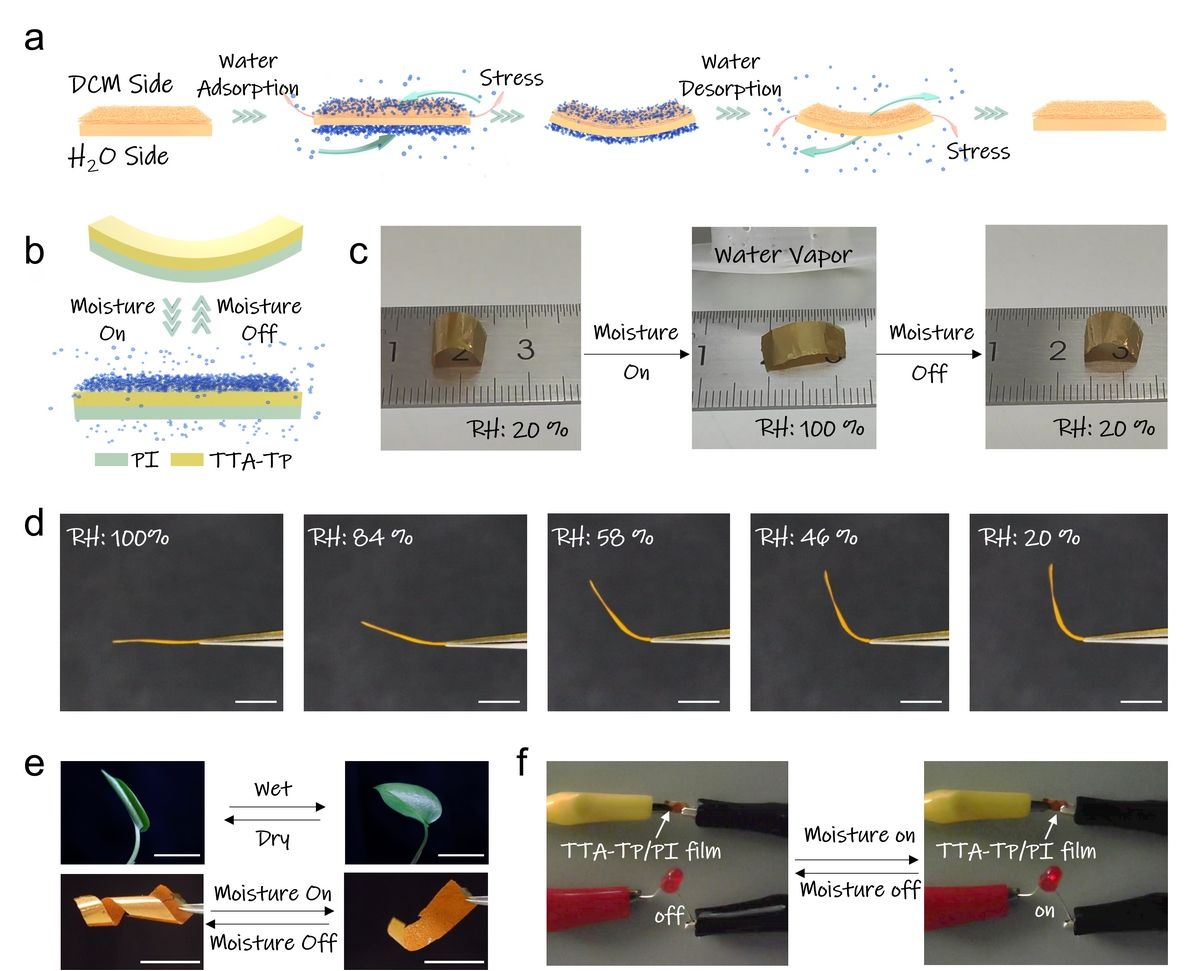
Figure 4. Humidity-responsive behaviors of the TTA-TP COF membrane-based actuators.
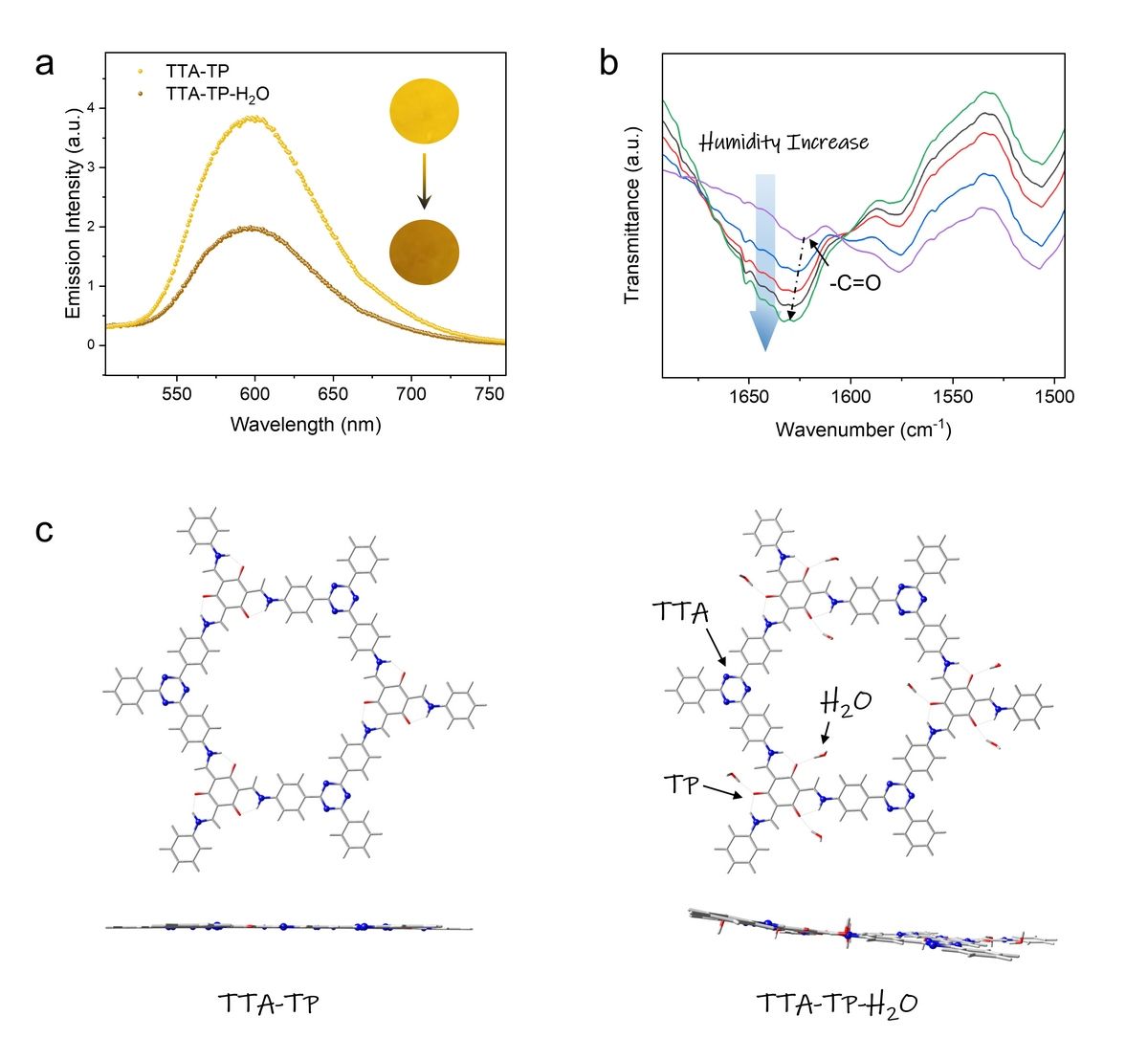
Figure 5. Investigation of the fluorescence quenching mechanism of the TTA-TP COF membrane to water.
First Author: Liu Xiangquan, doctoral candidate, Shaanxi Normal University
Correspondence Authors: Prof. Fang Yu, A/Prof. Liu Xiaoyan, Prof. Ding Liping, Shaanxi Normal University
Full Text Link: https://doi.org/10.1002/anie.202414472
 Latest Updates
Latest Updates






